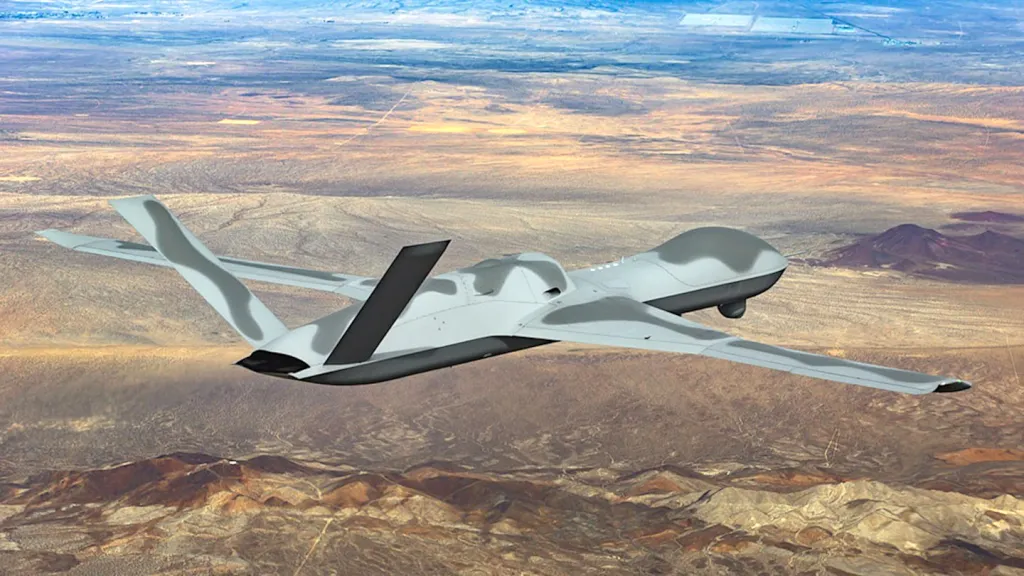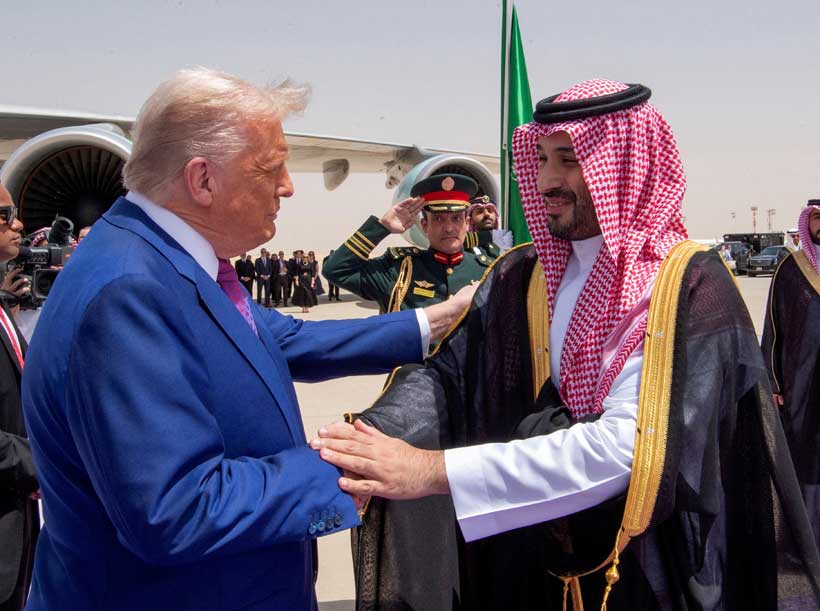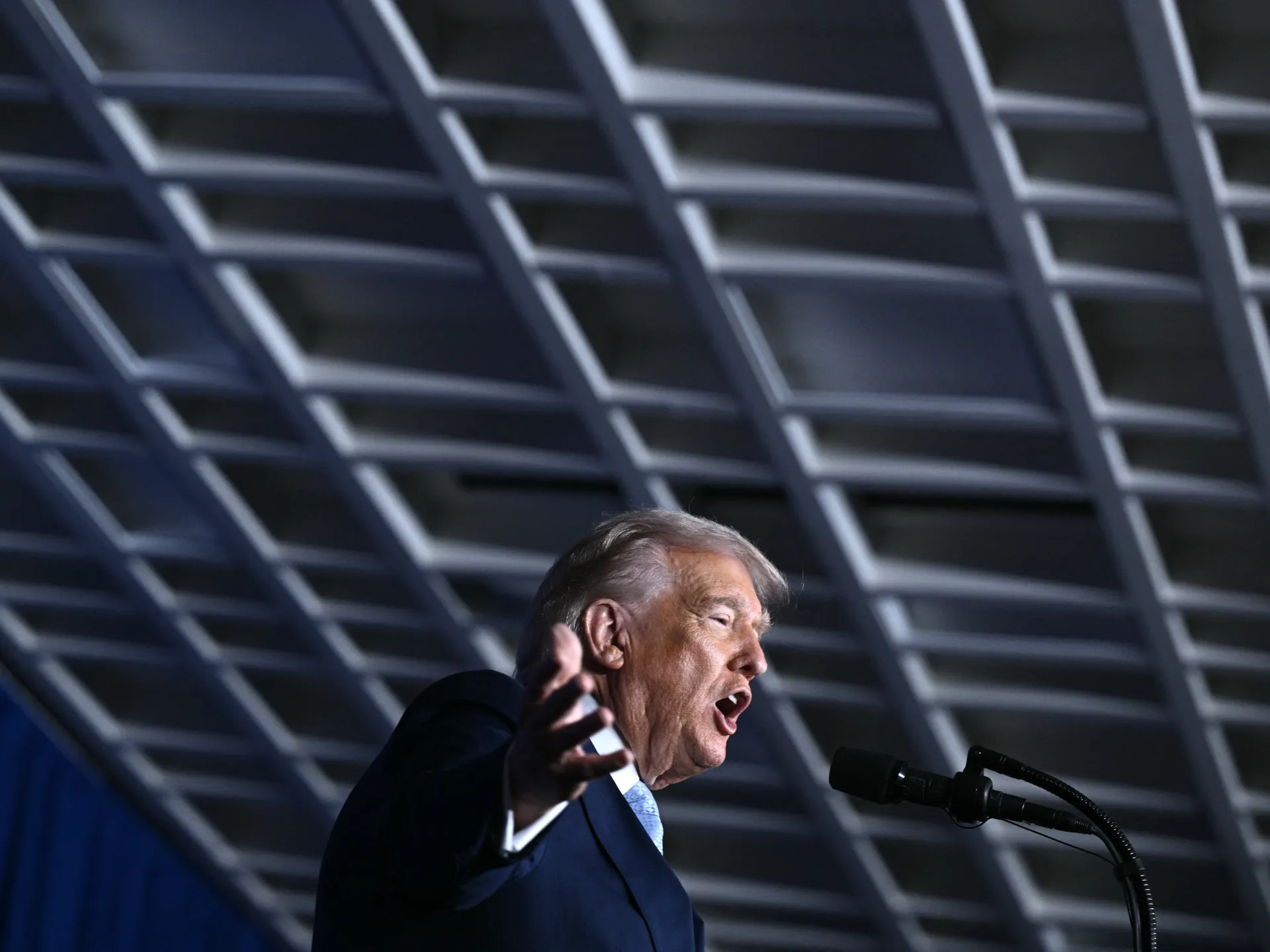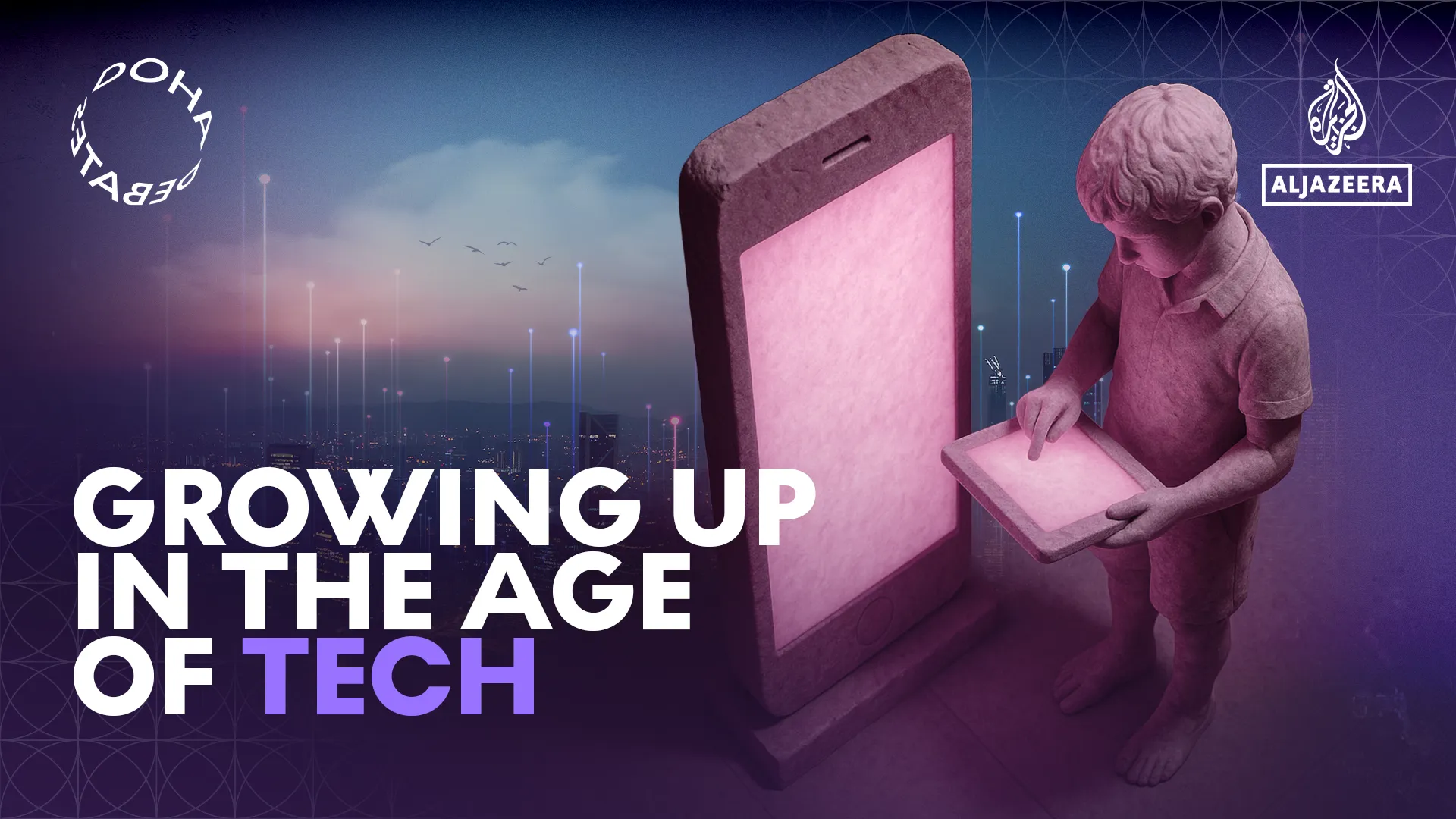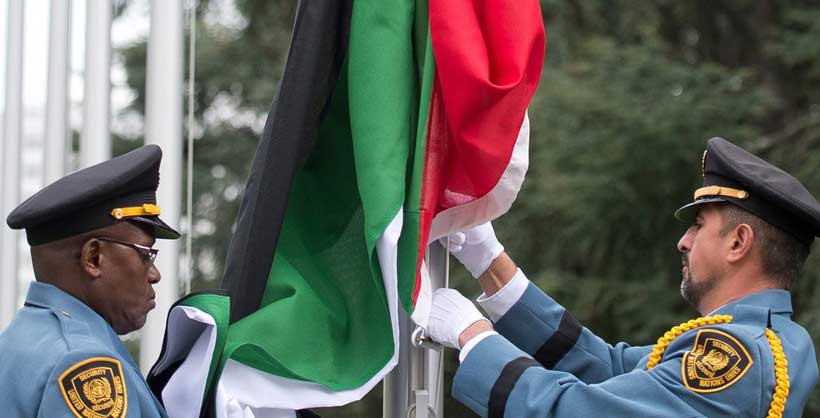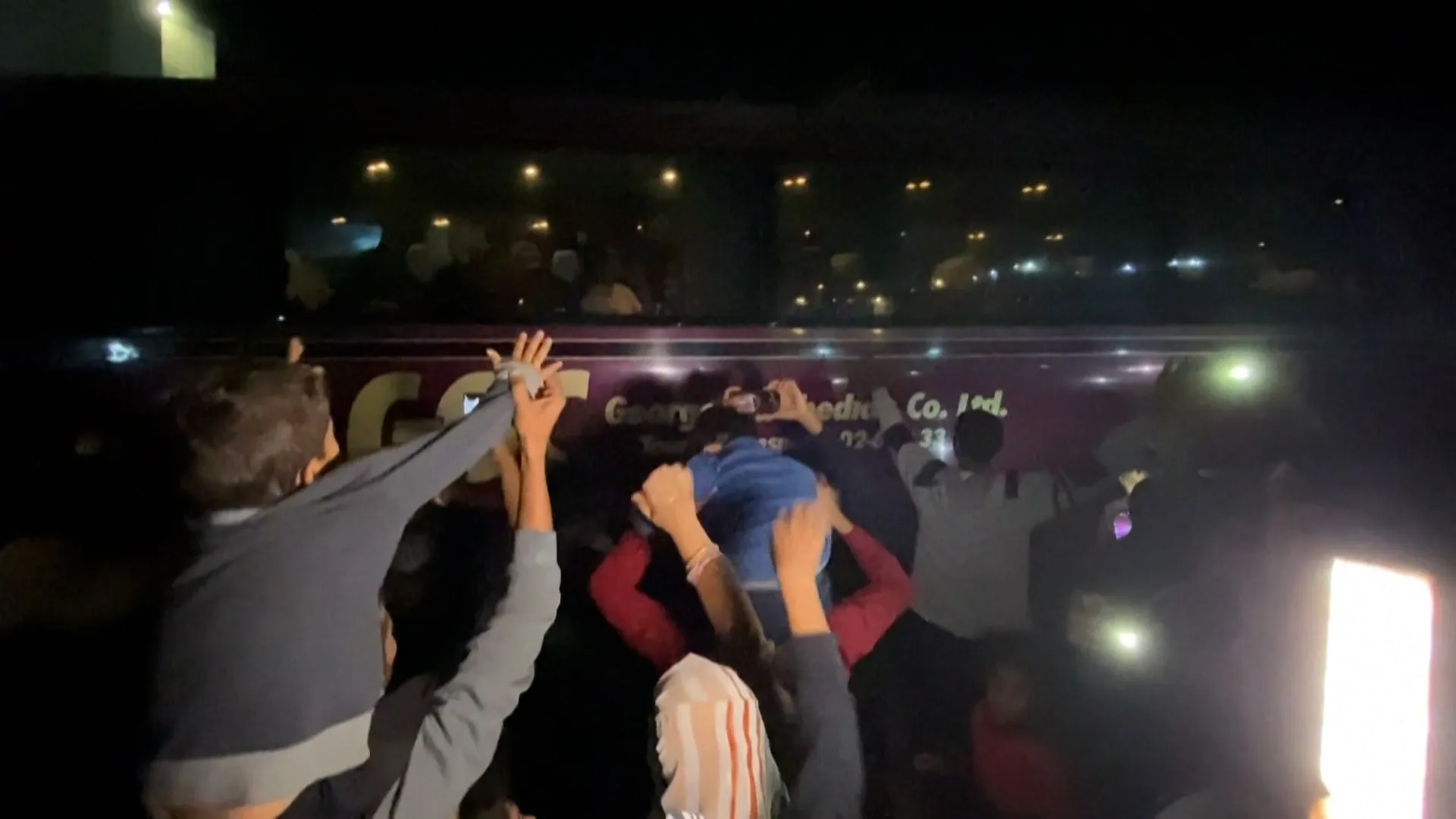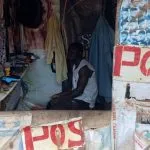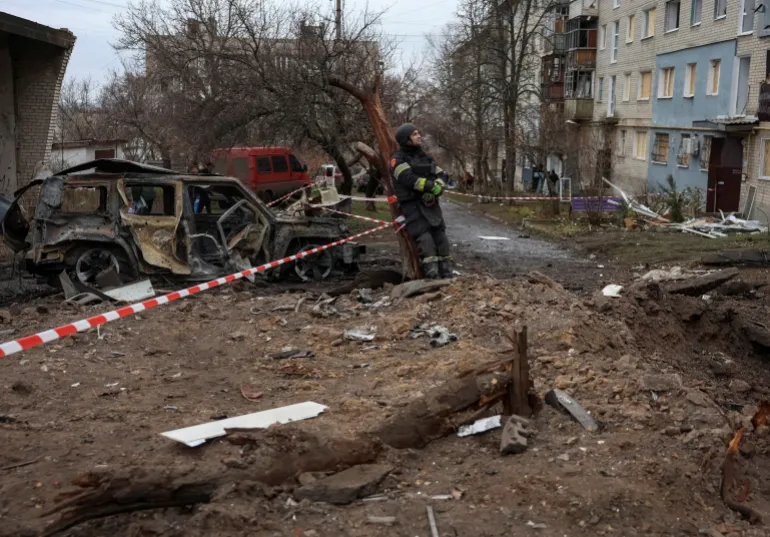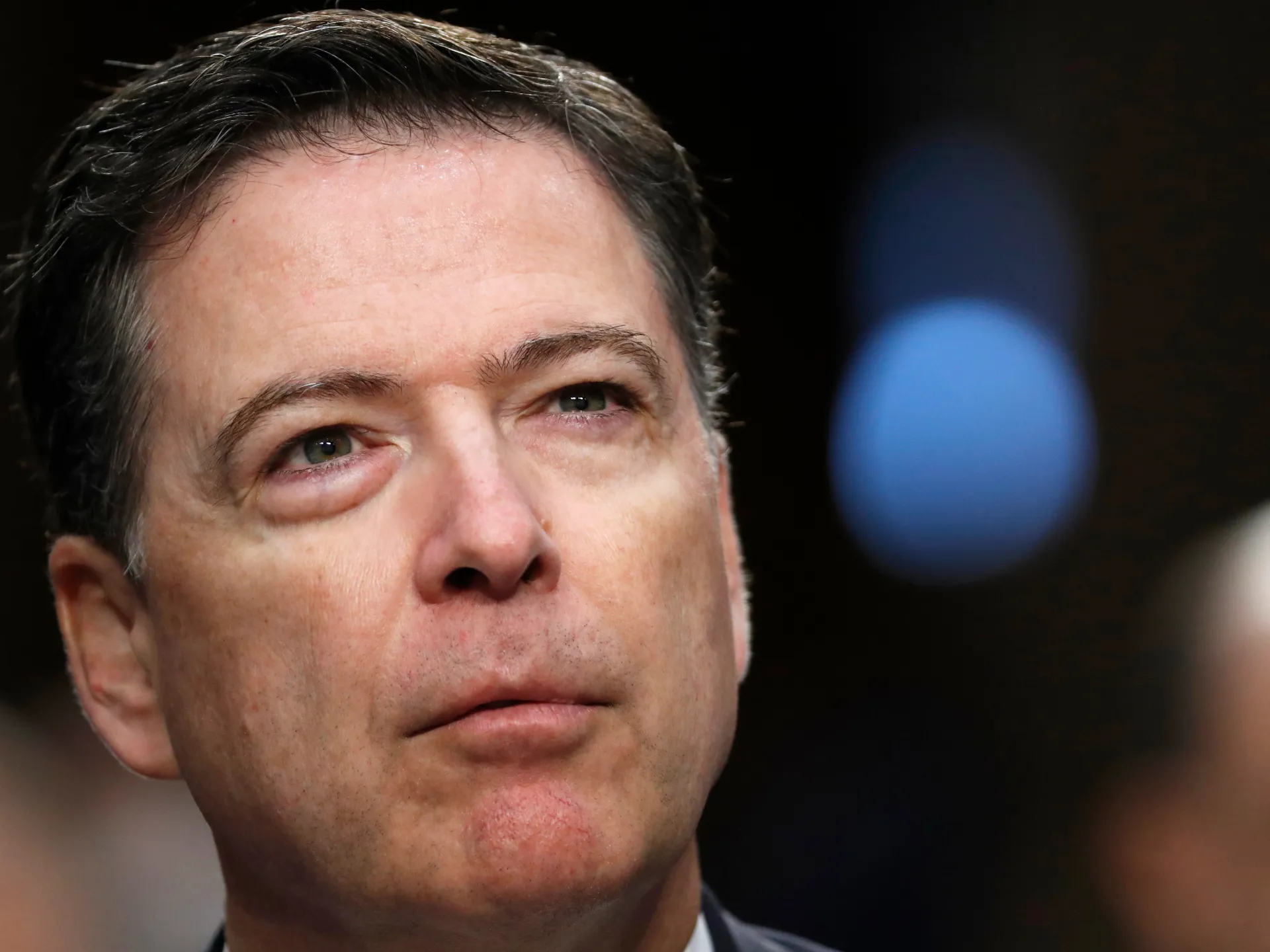No one really expects to be defrauded by someone dressed like an army officer. Ikanyi Stephen certainly didn’t. But last year, at his small point-of-sale (POS) stand in Nyanya Park, Abuja, in North Central Nigeria, a man in military uniform approached him, seemingly with an innocent intention of withdrawing cash. Unknown to Stephen, the uniformed customer had foul play.
“He wanted ₦300,000,” Stephen recalled. “And the day he came, there were two other customers. My [sales assistant] was trying to attend to him, and since I was with another customer, I couldn’t monitor them. Some customers like to hold the device to see if their transaction is successful, and that’s what I assumed the officer was doing. He slotted his card, entered his PIN, and after returning the machine to her, he urged her to hurry and give him his money so he could leave quickly.”
Stephen initially thought the man was simply in a rush, perhaps due to official duties. But it was only after he had left that the POS agent realised the real reason for his hurried departure. “I checked the transactions, but noticed nothing had come through. He had put the wrong PIN and hadn’t paid one naira, but by the time I noticed, I could not trace where he had gone,” he said.
The incident cost Stephen more than he could have imagined — a quick trick pulled off by someone who knew how to exploit trust. Though the deceit seemed simple, many POS agents in Nigeria are increasingly falling victim to similar digital scams.
The POS agent crisis
While scammers have long targeted these agents, the issue became more widespread with the rapid growth of the POS business in early 2023. That was the year the Central Bank of Nigeria (CBN) implemented a cashless policy, which limited the amount of cash that individuals and corporate bodies could withdraw at a time. As the queues in the banking halls grew and ATMs quickly emptied, millions turned to their neighbourhood POS agents for transactions.
By the end of that year, the Nigerian Inter-Bank Settlement System (NIBSS) reported that POS transactions had reached record heights, with a 27.85 per cent increase from 2022 and approximately ₦10.73 trillion transacted. The transactions have continued to rise since then, and as of 2025, NIBSS reported that POS transfers reached a record-breaking ₦10.75 trillion in the first quarter of the year.
There are thousands of POS agents per square kilometre in the country, who process approximately ₦4.87 billion per hour. These agents are responsible for essential financial services, especially in rural areas where banks are scarce. The POS business provides steady, flexible employment that doesn’t require workers to possess intricate skills.
As favourable as the line of work is to the country, however, fraud, like what Stephen encountered, taints the endeavour. Although what happened to him appears straightforward, more sophisticated means of defrauding POS agents have raised growing concerns among the community, all of which is spurred on by the growing digital age.
Sunday Ohoji, an investigator at the Independent Corrupt Practices and Other Related Offences Commission (ICPC), told HumAngle that far more digital POS scams have occurred in recent years than physical thefts. “The increase in digital trends and information technology has led to an increase in the vices attached to them. POS scams are one such vice,” he said.
A common scam related to POS transactions is reversal fraud. In this scheme, a POS agent receives a transfer via a card or phone transaction. However, the money that initially appears to be deposited in their account is later reversed, leading to a bounce-back of the funds hours after the customer has left. Several agents believe there are malicious intentions behind these reversals. For instance, a union of POS agents at Jabi Park in Abuja recently warned over 100 of its members to stop permitting phone transactions, as this method is suspected to be the most common way for scams to occur, according to a member of the union.
Fake alerts
Yunusa Adamu, a member of the union, explained the reason for their suspicion after a personal experience left him wary.
“I was sitting at my POS machine, three or four people just came to me, wearing good clothes that would make you think they are reasonable people, even though they aren’t. One of them said he needed about ₦30,000 and asked me to transfer it to him so he could receive the cash. It didn’t go through, so his friend quickly stepped in and did the transfer,” he recounted.
“Without even pressing my phone too much, I received an alert stating that the money had entered my account, but it was a fake alert. The men quickly said they wanted ₦20,000 of their money to go and buy something, but that they would come back for the rest. When they left, I checked my bank account and realised the money had never actually entered, as the alert had reversed. I sat there till evening, but the men never returned.”
Yunusa said he had no clue how such a scam was possible. He now knows better, especially after another agent, Munkaila Mohammed, spoke bitterly of a similar experience.
“My daughter, Aminatu, gave ₦120,000 to one customer who had made a digital transfer. As he got his money, the man rushed away. Later, when we checked her transactions, we saw that the money had reversed. Till today, nobody knows how scammers are doing it, but we know it’s not a mistake or network error,” Munkaila narrated.
Munkaila was right in his detection of foul play. The rise of digital hacking has led to scammers creating complex systems to defraud unsuspecting POS agents.
After years of working as an ICPC’s investigations official, Sunday Ohoji has the mechanics of this scheme laid out: “The people who do these scams already have a cloned system that makes it look like they are actually sending money out to the agents,” he explained.
“So what happens is that they give the agent their card to do a transaction, and because the platform the POS operates on is also internet based, it’s very, very easy for the scammers to reroute whatever transaction they do on that account and card to a dummy account, which automatically generates an alert sent to the POS agent as if a transaction has occurred, but it is not actually tied to the financial system.”
Many customers don’t wait to take such a complicated route. Some swindlers quickly cancel their PIN to avoid paying; others hold the machine and lower the initial cost inputted by the operators. One POS agent, Alice Omenene, recounted how a customer attempted to pay only 1 per cent of what he had promised through this nefarious method.
“One time, one man requested ₦40,000, and I put that price for him in my POS. But little did I know he secretly changed the amount to ₦400 when he got hold of the machine,” she said. “I’ve been defrauded in the past, but this time I caught him. All he kept saying was, ‘I’m a Muslim, I can’t cheat you,’ but I didn’t hear that one. How would I let him go with my money?”
The cost of scams
The cases of POS fraud continue, with a 31.12 per cent increase in 2024, according to the Report of Fraud and Forgeries in Nigerian Banks. However, this problem doesn’t just appear negative on paper. POS agents typically bear the long-term consequences of one-time thefts.
“When I lost ₦300,000, I was so depressed during that period,” said Stephen, “I really planned the money for something special, but when the theft happened, I was stuck. I tried to go through diabolical means to get it back, but I couldn’t dare to do that.”
The negative effects reach beyond just one person. Many of these agents either work for others or buy back the cash they can no longer track, leading to a ripple effect where the consequences of the theft impact other relationships and businesses.
Somalia Nwadiugwu, whose mother was swindled out of ₦30,000 with a fake alert, told HumAngle that the loss impacted their supplier, the one who had given them the cash. “We needed that money to meet up with payments, budgets, and stuff. The man who sold my mum cash needed some of his profit. It’s just because he was nice that he gave us time to pay it back, but he complained that he also had children to feed, and this was seriously limiting him.”
No way out?
Despite the extensive challenges they face, many POS agents are reluctant to pursue other employment opportunities, claiming that no alternative jobs are available to them. With a striking 86 per cent of Nigeria’s working population engaging in self-employment and non-paid jobs, according to the Nigerian Economic Summit Group, it is evident that the lack of formal job opportunities is a significant issue for many individuals in the country.
David Aliyu*, a POS agent at Kabusa, who regularly loses between ₦5,000 and ₦10,000, sees no viable way to leave the business that has caused him so much financial loss. “No man can stay without doing something,” he told HumAngle. “That’s why some people keep on pushing with this business the way it is. In any business, there is loss, even Dangote [referring to the richest Black man] loses daily, more than POS people, I’m sure.”
Alice expressed a similar sentiment, saying, “This is where I’ve found myself, and it’s all that God has given me to do. Every morning, I pray not to fall for any 419 scam and that no scammer will see me. In this POS business, it’s not about being too wise; this scamming thing is an experience. You bring your head down, calm down, and pray.”
Prayer appears to be a common form of self-protection among those who have been scammed, as many POS agents refuse to seek external help, not trusting the Nigerian system to provide them with adequate assistance.
When Stephen lost ₦300,000, it seemed natural that his next course of action would be to seek official intervention, but when he tallied the cost of processing it, he decided it was wiser to keep the matter to himself.
“If you have a loss and you want to seek help from the court, they’ll ask you to provide an affidavit. And sometimes, in processing the case, you spend more money. With those two things, you’ll still be spending more money than you lost. So the money you spend on getting help, along with the time lost trying to get that help, is almost equivalent to what you lost. So you just let it go,” he said.
Some members don’t even get to court. The cost of travelling to get help often halts them in their search for aid. Charity Eze*, a POS agent in Kabusa, who lost ₦50,000 after a customer changed the price on her POS from ₦55,000 to ₦ 5,000, explains why she had to make the painful decision to let it go.
“We didn’t go to court, but because we had the customer’s name, my boss went to the bank. They froze his account and then told my boss he needed to come back again, but the banks are far from us, and the cost of transport is now high. When he calculated everything, he knew he would be at a loss. My boss let it go, but if not for the fact that he was a nice man, I would have had my salary taken away for God knows how long.”
Even without the cost of transport, legal justice still incurs a fee. The Virtual Affidavit Registration System (VARS) allows people to print various Affidavits online. It prices the affidavit of Loss of Documents/Items at ₦5,245.
This is without going through any other court processes or the issue of extortion with the affidavit system that many complain about. Whether in person or online, expenditures rise higher than many of the losses POS personnel face at once. While some, like Stephen, are unfortunate enough to lose ₦300,000 at a time, most of the POS agents reported petty thefts, ranging from ₦2,000 to ₦10,000.
While these smaller scams may seem inconsequential enough to let go, over time, these thefts add up, and without proper aid, POS agents may lose more than what they expected, crippling their business in the long run.
The expensive solution
Ohoji, the ICPC investigator, sees a better way out, saying: “You can report to the police, you can report to the ICPC, you can report to the EFCC, all for free. A few agents have come forward with genuine reports, and more are expected to follow, as the government is there to support them.
“The government doesn’t just want to help them, but the whole nation, because if they do not handle it immediately, it might become cancerous to the system tomorrow. Therefore, they should address the issue now. So, at every point in time, they should report. When they report, something will be done, even if it’s slow, something will be done,” he said.
He advised POS agents to upgrade their machines to detect cards that are not registered in the financial system.
“It will go a long way to help curb the issue, because the truth is this: if someone comes and gives you a fake POS transaction and says they’re in a hurry to go, you wouldn’t have time to start checking if it’s genuine, but with an automatic detector, there will be no need to check manually.”
This is a simple solution in theory. In practice, however, few POS agents can afford to upgrade their machines due to their limited earnings. Many of them have reported that on a good day, they make up to ₦5,000, but these occasions are rare. More often than not, they typically make no more than ₦2,000 daily.
One of them, Charity, claimed that sometimes she sits down in the sweltering heat all day and earns only ₦500 for her efforts.
With an average profit of ₦60,000 monthly, where the market cost of a single POS terminal is ₦21,500, based on prices gotten from Moniepoint Microfinance Bank, a prominent POS terminal provider, as well as the added expense of buying the cash that will eventually be sold, squeezing in the cost of improvements may not be a viable option for many.
For now, survival in the minds of many POS agents is a matter of caution and faith, and that seems to be enough for them. With around three million POS terminals existing in Nigeria as of 2024, according to the Central Bank of Nigeria (CBN), and many more popping up daily, it is clear that most POS agents remain unshaken in the face of mounting insecurity.
*Names marked with an asterisk have been changed to protect the identities of sources.


